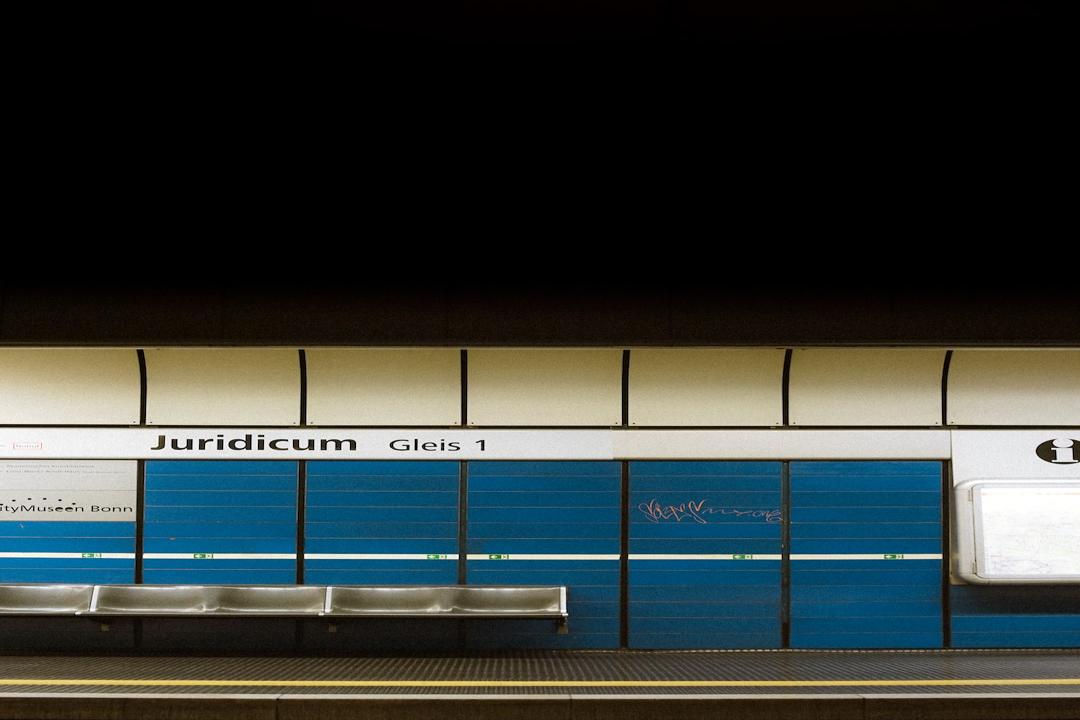Solana’s native token, SOL (SOL), saw a decline of 9% on January 18, dropping to a low of $91.40. The continuous rejection at the $100 level has persisted for the past 15 days. However, this shouldn’t be a major cause for concern, considering that the total cryptocurrency market capitalization has been unable to sustain levels above $1.6 trillion throughout 2024. Despite the recent setback, SOL recorded an impressive 84% gain in December, leading investors to worry about the lack of positive price momentum.
Fading FOMO for Solana SPL token listings and airdrops
The fear of missing out (FOMO) that drove SOL’s rally in December 2023 was triggered by the pump of Solana SPL token airdrops, which included Jito (JTO), BONK, and Dogwifhat (WIF). This movement stimulated demand for the Solana Saga Phone, as some projects targeted exclusive offers for these users. However, the tide seems to have turned as BONK faced a 15% correction between January 17 and January 18, while JTO declined by 19% in the same period.
Another factor contributing to SOL’s recent correction was the excessive optimism caused by airdrop expectations. Some launches took longer than anticipated, while others only provided a temporary, short-term boost to its decentralized applications (DApps), fading after the respective airdrop snapshots. Analysts and influencers created lists of the most promising opportunities, but almost none of the tokens reached significant valuations and volumes.
In a post on the X social network dated December 12, 2023, IcedKnife mentioned some of the expected Solana ecosystem launches, including Kamino, Drift, Tensor, Jupiter, Parcl, Marginfi, and many others.
Growing deposits in Solana’s decentralized finance (DeFi) industry fuel optimism for SOL’s token performance
The total value locked (TVL) in the Solana network, measured in SOL tokens, reached a peak of 15.4 million on December 19, 2023, indicating a 60% growth compared to the previous month. However, it has since stabilized around 14 million. In addition to the TVL growth in Jito and Marinade Finance liquid staking solutions, Kamino, Orca, and Solend DeFi applications also managed to exceed $150 million in deposits each.
Furthermore, there has been undeniable growth in the activity of the Solana network in terms of transactions and volumes, although its numbers still lag behind competitors such as BNB Smart Chain and Polygon.
It’s worth noting that Solana experienced an 8.5% decline in transactions and the number of active DApps users in the last seven days. However, Solana’s DApps volume in that period, totaling $594 million, is significantly smaller compared to BNB Smart Chain’s $6 billion or Polygon’s $1.6 billion. On the positive side, Solana leads with an absolute number of transactions at 72.3 million, which can be partially attributed to its lower costs.
Solana’s network strength sets the stage for a SOL price recovery
Solana’s heavy emphasis on heavy-processing validation has drawn criticism for the project. However, it has also presented a unique opportunity for DApps that require extensive bandwidth, such as token launches, nonfungible token (NFT) collections, games, and social networks. For example, the Solana network became the third-largest network in terms of NFT marketplace volumes, according to CryptoSlam.
NFT volumes on Solana reached $270.5 million, trailing Ethereum by only 20%, with Ethereum dominating in terms of the most valued collection. Notable among Solana’s most traded NFTs are Saga Monkes, Froganas, Mad Lads, and Tensorians.
Solana’s network activity doesn’t indicate a risk of a sharp SOL price correction, considering its resilience in terms of DApps volumes and TVL. However, there is negative pressure on SOL token demand following excessive expectations related to airdrops and SPL token performances.
SOL’s market capitalization currently stands at $40.6 billion with a price of $94, which is still 50% lower than its peak in November 2021.
Therefore, there is potential for an upside if the network continues to attract interest from projects that value its stability in the face of excessive network processing demand. This is especially significant as most competitors have experienced surges in transaction fees or prolonged instability.
Please note that this article does not provide investment advice or recommendations. Every investment and trading decision carries risk, and readers should conduct their own research before making a decision.

